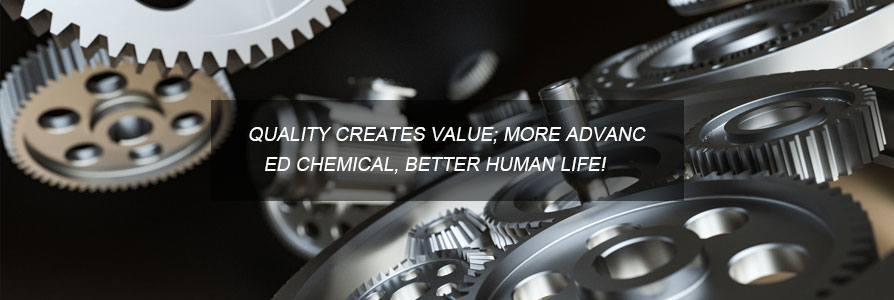Understanding Diamond Grinding Shoes: Uses and Benefits
Understanding Diamond Grinding Shoes: Uses and Benefits
Diamond grinding shoes are essential tools used in surface preparation and floor grinding processes. These specialized attachments are designed to fit onto grinding machines, allowing users to effectively smooth, polish, and finish concrete surfaces. This article delves into the uses and benefits of diamond grinding shoes while exploring the challenges users face and providing effective solutions.
The Uses of Diamond Grinding Shoes
Diamond grinding shoes are primarily employed in various applications, making them indispensable in construction and renovation projects. Their primary uses include:
- Floor Preparation: Diamond grinding shoes are ideal for preparing concrete floors before applying coatings or overlays. They remove old adhesives, sealers, and other contaminants.
- Polishing Concrete: These tools help in achieving a refined surface finish. The diamond particles embedded in the shoes provide the necessary abrasiveness for polishing.
- Surface Repair: They can effectively smooth out uneven surfaces, fill in cracks, and addresses other defects in concrete.
- Removal of Thin Coatings: Diamond grinding shoes are highly effective in stripping away thin layers of coatings, such as paint or epoxy, without damaging the underlying concrete.
Benefits of Using Diamond Grinding Shoes
The advantages of using diamond grinding shoes extend beyond mere functionality. Here are some key benefits:
- Durability: The diamond particles ensure prolonged life and performance compared to traditional grinding tools.
- Versatility: They come in various sizes and configurations, allowing operators to handle different tasks on diverse surfaces.
- Efficiency: Diamond grinding shoes can quickly remove materials, reducing labor time and costs associated with floor preparation and finishing.
- Reduced Dust: Many diamond grinding shoes minimize airborne dust, making the working environment safer and cleaner.
Challenges Faced by Users of Diamond Grinding Shoes
Despite their numerous advantages, some users encounter challenges when using diamond grinding shoes. Common issues include:
1. Incorrect Shoe Selection
Choosing the wrong type or grit level of diamond grinding shoes can lead to suboptimal results. For instance, using coarse grit on softer concrete can cause excessive scratching, while fine grit on hard surfaces may slow down the grinding process.
2. Excessive Wear and Tear
Diamond shoes can wear down quickly if used improperly, resulting in frequent replacements that can be expensive and time-consuming.
3. Poor Surface Finish
A lack of operator experience can lead to uneven surfaces or inadequate finishing. This not only affects aesthetics but also the durability of the flooring.
Effective Solutions for Overcoming Challenges
Addressing the challenges associated with diamond grinding shoes requires knowledge and preparation. Here are feasible, easy-to-operate solutions:
1. Proper Shoe Selection
Before initiating any grinding project, conduct thorough research to determine the right diamond grinding shoes for your specific needs. Consult with manufacturers and suppliers who can provide guidance on selecting the appropriate type and grit based on the surface material and condition.
2. Regular Maintenance
Implement a regular inspection and maintenance routine for diamond grinding shoes. Cleaning them after each use helps remove debris that can impair functionality. Additionally, establishing a check schedule allows users to identify wear patterns early, facilitating timely replacements.
3. Operator Training
Investing in training for operators ensures proper techniques are utilized. Many manufacturers offer instructional resources and workshops designed to equip users with the right skills to operate grinding machines and diamond grinding shoes effectively. A well-trained operator can achieve superior results and reduce the likelihood of surface damage.
Conclusion
Diamond grinding shoes are powerful tools that significantly aid in surface preparation and polishing. While users may confront challenges such as incorrect shoe selection, wear and tear, and achieving desired finishes, these can be effectively managed with proper knowledge, ongoing maintenance, and suitable training. By adopting these strategies, users can maximize the benefits of diamond grinding shoes, ensuring efficient work processes and high-quality outcomes.
Want more information on 4.5 saw blade for angle grinder, concrete grinding wheel? Feel free to contact us.




